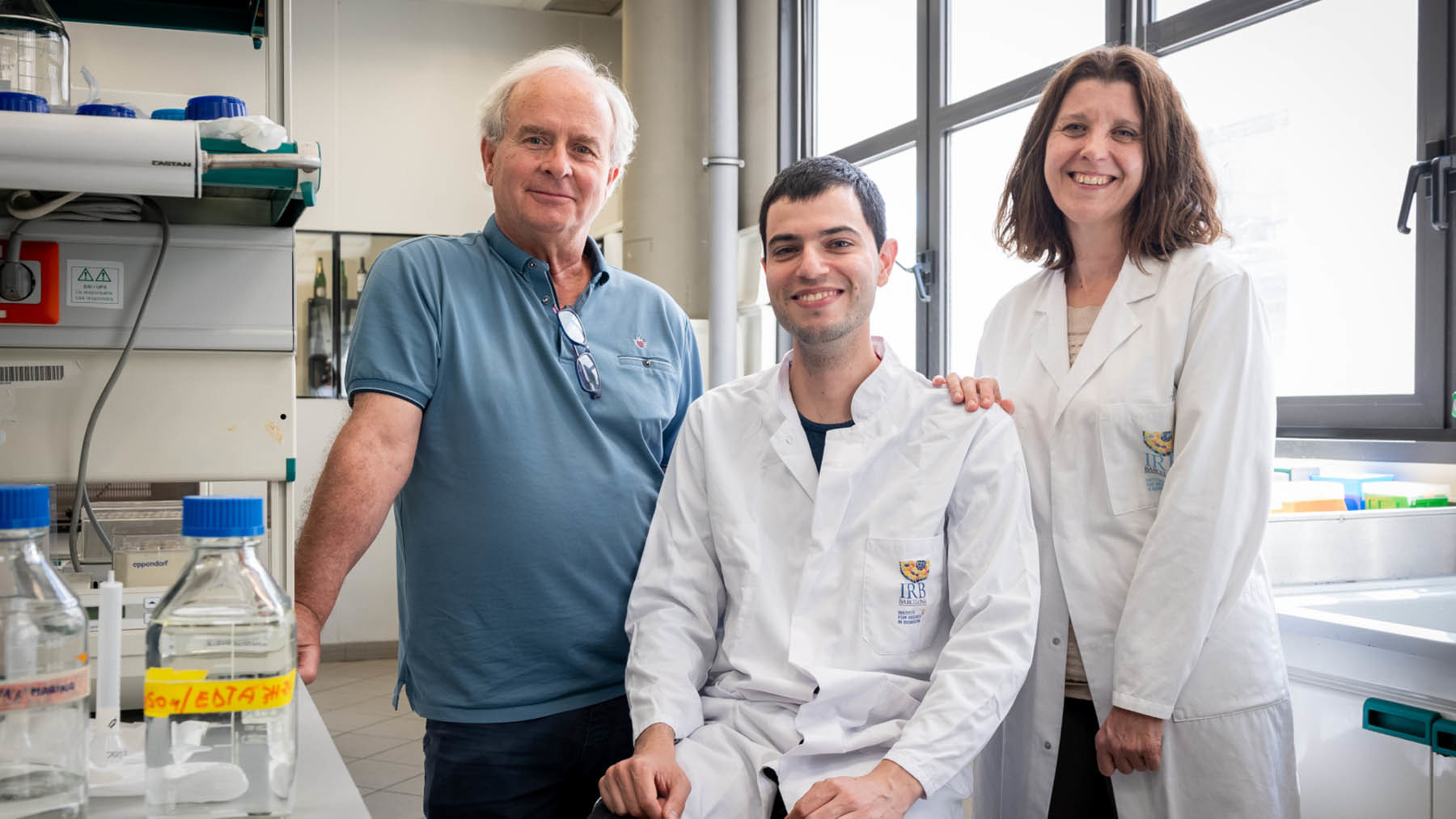They observe at the atomic level the neuronal “gates” for the most important molecules in…

Asc-1 protein This is the pathway into (or out of) neurons for essential amino acids in cognitive processes. New work from CNIO, IRB Barcelona, UB and CIBERER its structure and mechanism of action are now being revealed. The discovery, published in Natural communications and it got support La Caixa Foundationcan be used to develop drugs against schizophrenia, stroke and other neurological diseases.
Learning from experience, recalling a joke, changing an attitude… all our behavior is the result of the exchange of chemical compounds between neurons. neurotransmitters–. Unraveling what exactly happens at the molecular level when neurons “talking” to each other at synapses is essential to understanding the workings of the human brain in general and, in particular, to facilitating solve mental health problems.
A new study was able to observe and describe the structure of a protein present in the membrane of neurons, a protein that acts as a gate that opens and closes. It acts as a specific transporter of certain key amino acids necessary for learning and memory. This is about Protein Asc1/CD98hc, Asc1 in its abbreviated form.
Work published in Natural communicationsis the result of a collaboration between the National Center for Cancer Research (CNIO), the Institute of Biomedical Research (IRB Barcelona), the Network Center for Biomedical Research on Rare Diseases (CIBERER) and the University of Barcelona.
Activity Asc-1 protein It is associated with various types of mental illnesses, and knowledge of its three-dimensional form will allow the development of new drugs for these pathologies.
explains this Oscar Lorca, from CNIO: “Modulation of Asc-1 activity may be a therapeutic strategy for conditions such as stroke and schizophrenia. “Determining the structure of Asc-1 at atomic resolution is important because it can help in the search for compounds that alter its activity.”
“Cooperation between IRB Barcelona, CNIO and UB became the key to unlocking the mysteries of Asc-1, offering us unprecedented insight into its structure and function. “This discovery not only sheds light on the complex cellular machinery underlying fundamental cognitive processes, but also brings us closer to developing more precise therapeutic interventions for a range of neurological disorders,” he adds. Manuel PalacinHead of the Laboratory of Amino Acid Transporters and Diseases at the Barcelona IRB and Professor in the Department of Biochemistry and Molecular Biomedicine, Faculty of Biology, UB.
In addition to Oscar Lorca and Manuel Palacinis a co-author of this work Ekaitz Errasti-Murugarren, from the University of Barcelona and CIBERER. First signatories Josep Rullo-Tubau (IRB Barcelona) and Maria Martinez Molledo (CNIO).
Funding comes mainly from La Caixa Foundation and the Ministry of Science, Innovation and Universities.
Effect on neurological diseases
All cells of the body have in their membrane “gates” for the exchange of substances with the external environment: proteins that constantly open and close in accordance with the needs of the body. cell. They open inward, capture, for example, an amino acid and, changing its shape, release it, opening outward, or vice versa.
Asc-1 protein It is found predominantly in neurons of the hippocampus and cerebral cortex, in the brain. It specializes in introducing and/or removing from a neuron two essential amino acids for neural connections (synapses) involved in learning, memory and brain plasticity – the ability of the nervous system to change its circuits in response to a new environment.
Fluctuations in the supply of these amino acids, called D-serine and glycine, are associated with schizophrenia, stroke, ALS and other neurological diseases. Efforts have been made for some time to develop drugs that modulate Asc-1 activity to treat these diseases, but have been unsuccessful. Detailed knowledge of the atomic structure of Asc-1 provides key information for achieving this goal.
Hunted when it opened inside
The Asc-1 protein was purified by Josep Rullo-Tubau at IRB Barcelona.and transferred to the CNIO to Maria Martinez-Molledo He will observe them using cryo-electron microscopy and with these images he will be able to determine the structure of Asc-1 in 3D and high resolution. In cryo-electron microscopy, molecules are frozen at high speed and observed in electron microscopes; Advanced visualization techniques are then used to interpret the information.
The observed structure shows Asc-1 when it was trapped at a stage where the gate was opened into the cell, waiting to receive an amino acid for transport.
“From its atomic structure, we were able to predict which parts of the protein seemed important for binding the transported amino acid, as well as the possible mechanism for transporting it outside the cell,” says Llorca.
Victor Guallara Groups (Barcelona Supercomputing Center) and Lucia Diaz (Nostrum Biodiscovery) made these predictions about the functioning of the transporter, which were verified Rullo-Tubauby measuring the effect of specific mutations in Asc-1 that were complemented Rafael Artuch (Hospital of Sant Joan de Déu) and the scientific platform of biostatistics and bioinformatics of the IRB of Barcelona, which leads Camilla Stefan-Otto Attolini.
Two ways to work
The findings also help explain another feature Asc-1. The rest of the conveyor family to which it belongs is called A CAP, they can transport only one amino acid into the cell, taking another, and vice versa. That is, they function only through the exchange of amino acids. Asc-1, however, can also extract an amino acid without the need to introduce another and open and close in a vacuum. This mode of activity is called diffusion.
Results obtained at molecular structure of Asc-1 They provide data to better understand the function each mode of transport performs.
Read more
